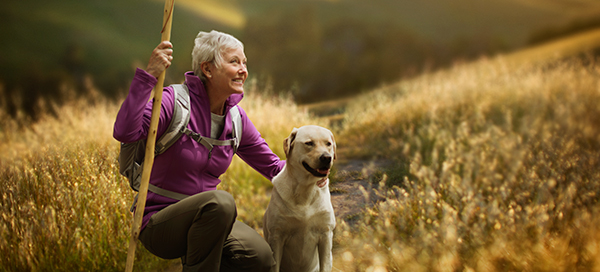
Helpful Tips to Avoid Joint and Muscle Pain While Gardening
8/20/2025
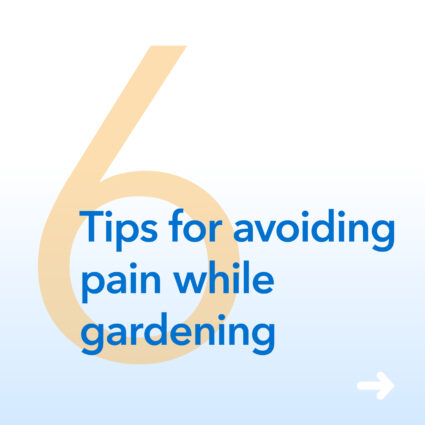
Gardening is a great way to stay active, particularly if your activities are somewhat limited by arthritis. However, it is hard work and can place stress on your muscles, hips, knees and back if you don’t take proper care as you head outside.
Warm Up and Cool Down
The physical requirements of gardening call for us to begin just like we would any other activity – with a 5 to 10 minute warm-up. Gentle stretches or walking help to get the blood flowing and prevent muscles stiffness and injury during or after digging, raking or planting. And don’t forget to cool down after you’re done, particularly stretching the back, arms and shoulders, to help release any muscle tension. Spending just 5 minutes stretching will improve your recovery for the next day.
Take Breaks and Vary Tasks
It’s easy to get caught up in the job, staying in one spot in the same position for long periods of time, but it is important to take breaks every 20-30 minutes. Taking a few minutes to stretch, sit down and hydrate enables the joints and muscles to recover and prevent injury. Some recommend setting a timer on your phone to remind you to stop for a bit. Then, after your break, begin a different kind of gardening task so the body is in a different position and using different muscles.
Choose Joint-Friendly Tools
- First, do NOT sit on your knees. Utilize a knee pad or gardening stool to relieve stress on your knees and hips.
- Tools with extendable handles allow you to work while standing or sitting on your stool.
- Pulling a gardening wagon, rather than lifting a heavy wheelbarrow, allow you to safely move plants, soil and mulch.
- Ergonomic tools with padded handles reduce the toll on fingers, hands and arms.
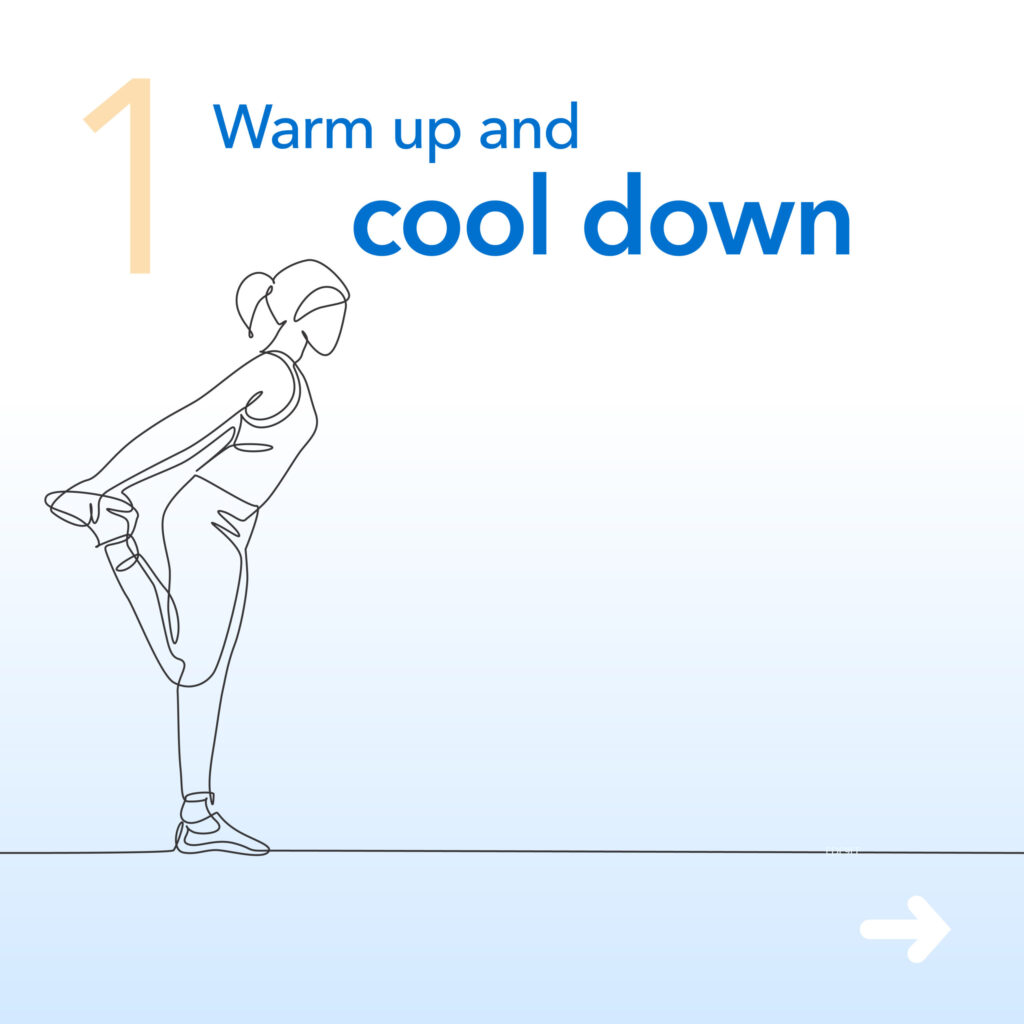
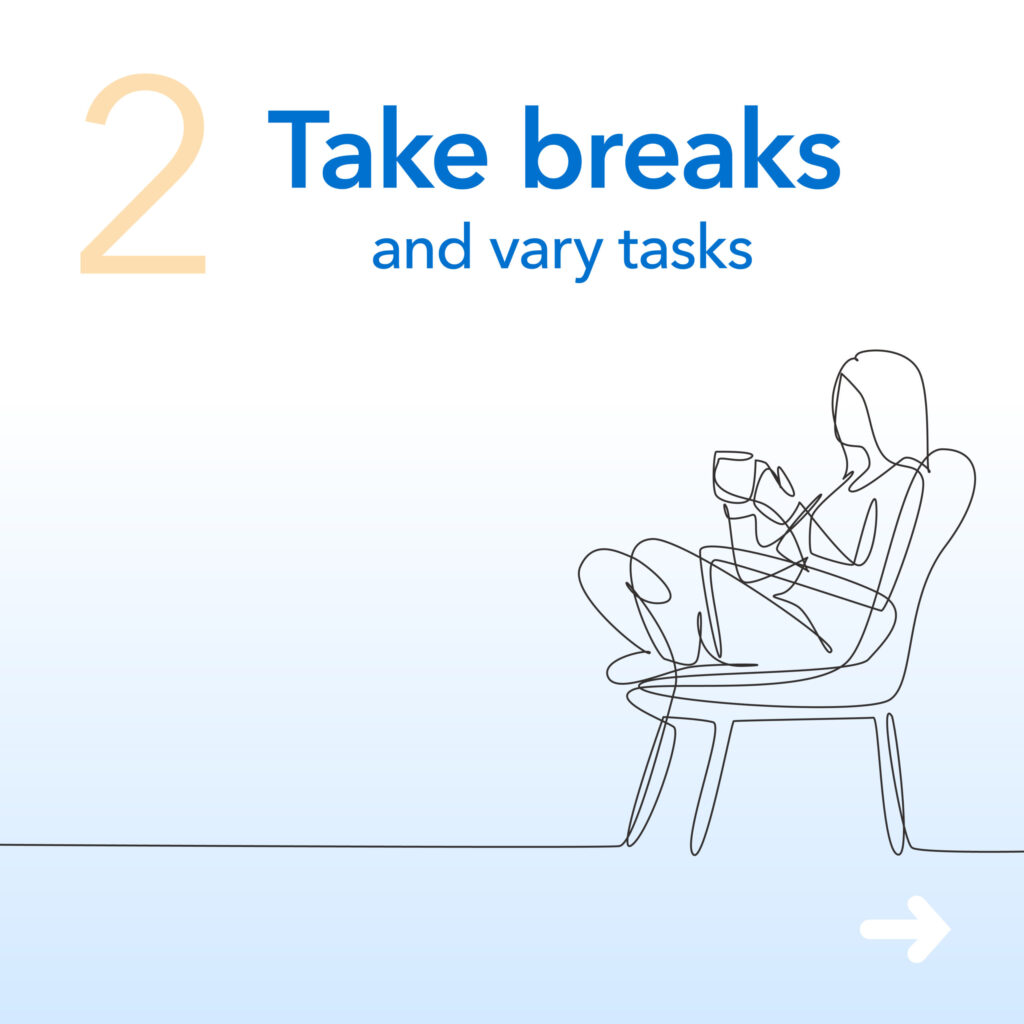

Utilize Proper Mechanics
- Lift with your knees.
- Don’t lift more than you can handle. Break things up into smaller loads.
- Avoid twisting to prevent unnecessary strain. Instead, as you move an object, take a step or two as you rotate, and then set the object down.
- Maintain proper posture with your shoulders back and head up. Limit positions where you are hunched over straining your neck.
Plan Your Garden
Careful planning of your garden can also ensure you can continue to enjoy the physical and emotional benefits of gardening without subsequent joint or muscle pain. Building elevated beds bring the flowers and plants closer to you, helping you to avoid bending, stooping and kneeling. The use of container gardens allows you to prepare pots in a standing or seated position before placing them in the garden. Finally, utilizing native plants, which require no fertilization, less water and can thrive on their own, reduces maintenance throughout the summer.

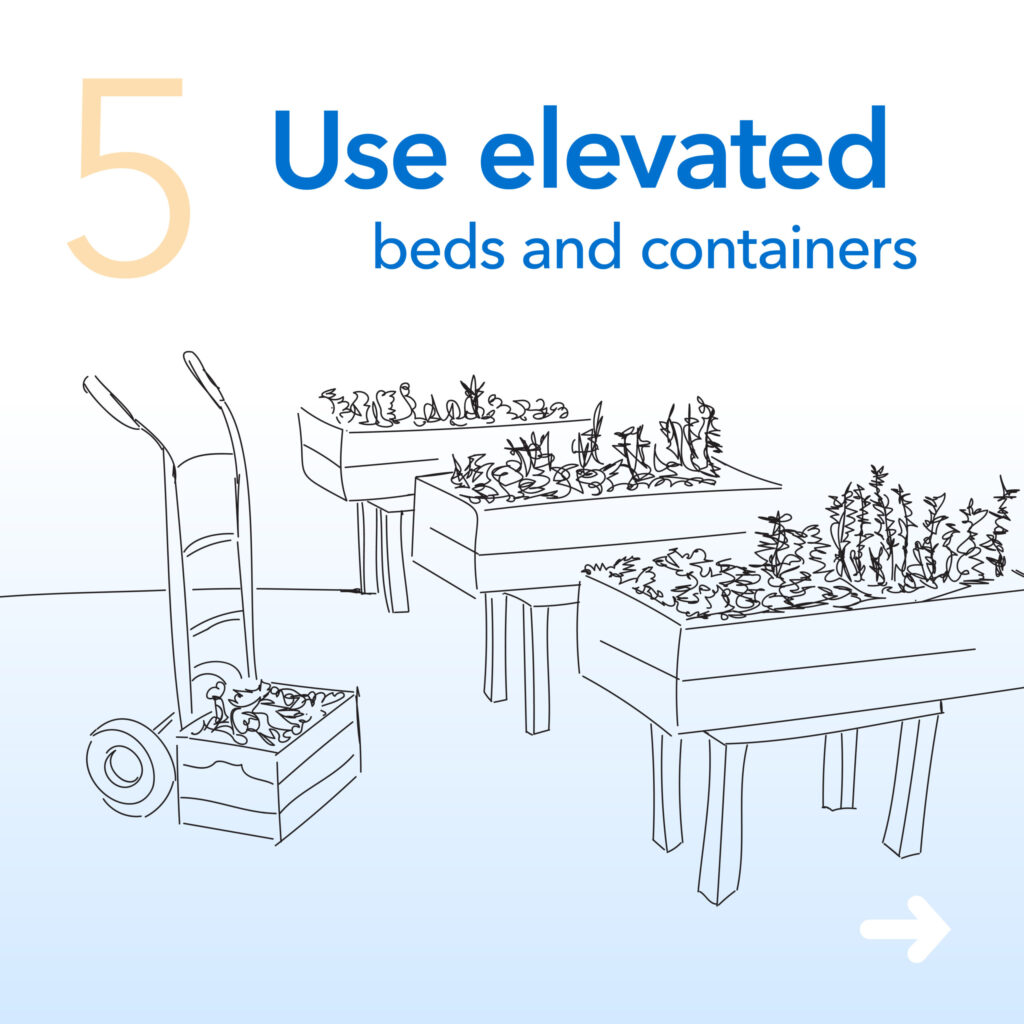

Think of your body as THE most important tool you will use in your garden. Taking proper care of your joints and muscles before, during and after you work will help you safely tend to your garden all summer long.
